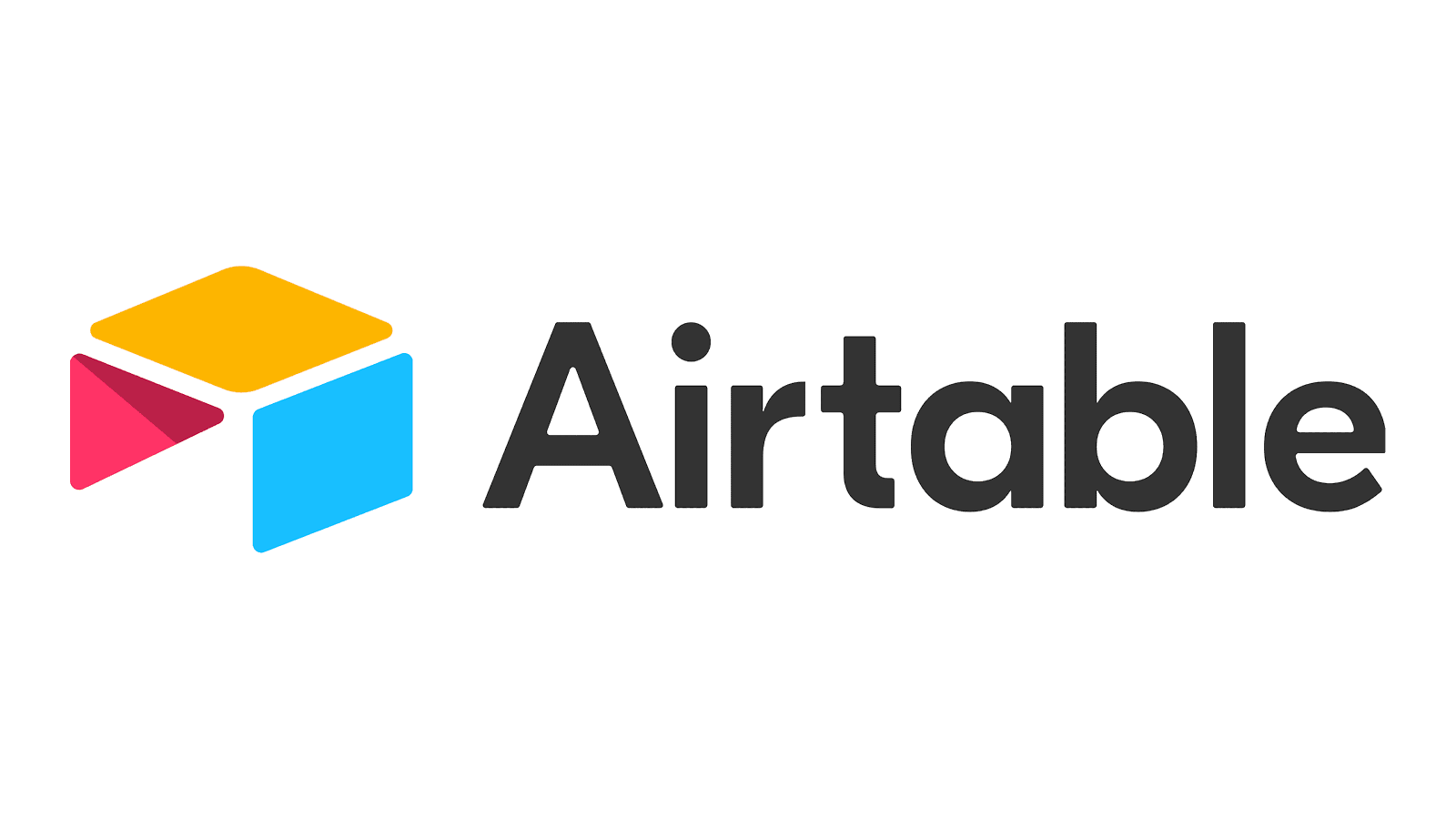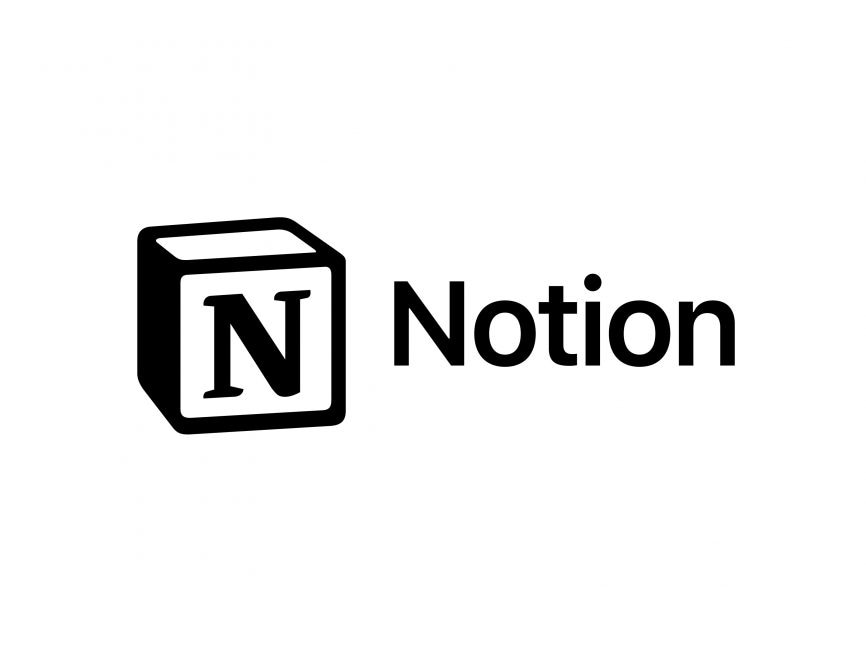Choosing the right productivity and management tool is akin to picking the perfect outfit – it needs to fit your specific needs and style. In the realm of software tools, Airtable and Notion are like two different types of attire, each with its own set of advantages and disadvantages. To help you make an informed decision, we've prepared a comprehensive comparison between Airtable and Notion. Notion will be the first option, and Airtable will be the second according to the text.

The most fundamental distinction between the second option and the first option lies in their core functions. Notion is, at its heart, a versatile and adaptable platform that initially found its roots in note-taking. However, it has undergone a remarkable evolution, expanding its capabilities to encompass a wide array of functions. The notion now serves as a powerful all-in-one solution for various tasks, from creating and organizing personal notes to building company wikis and managing complex project workflows. Its flexibility and adaptability have made it a favorite among those seeking a single tool to handle diverse organizational needs.
Airtable, on the other hand, emerges as a different breed altogether. It's a spreadsheet-database hybrid that specializes in the management of structured data. This makes the second option exceptionally well-suited for tasks that involve handling extensive databases, such as project coordination, content management, event planning, and inventory control. Its strength lies in its ability to organize and manipulate data efficiently, offering a range of views and automation options for users dealing with data-intensive projects.
Understanding this fundamental difference in their core functions is crucial when choosing between the second option and the first option. Your specific needs and the nature of your tasks will dictate which tool aligns best with your objectives, making it essential to assess your requirements carefully before making a decision.
Notion aims to replace tools like Google Docs and Evernote, whereas the second option's primary competitors are Excel and Google Sheets.
Pricing plays a pivotal role in the decision-making process when choosing between the second option and the first option. Let's delve deeper into the pricing structures of both platforms to help you determine which aligns better with your budget and requirements.
Airtable offers a tiered pricing model that caters to various user needs. Here's a breakdown of their plans:
Notion's pricing structure closely mirrors the second option, offering a range of plans to accommodate different needs:
Winner: The first option secures victory in this round for its more affordable pricing plans, particularly the Personal plan, which offers substantial value for individual users.
Pricing is undoubtedly a crucial factor, but it's essential to consider your specific needs, the features required, and the scale of your projects when making your choice. The affordability of the first option's plans may make it an appealing option, especially for individual users and small teams. However, if your work heavily revolves around structured data and database management, the second option's higher-tier plans may be worth the investment for the advanced features they offer. Ultimately, the right choice will depend on your budget and the features that best serve your workflow.
Both Airtable and the first option offer customer support, but there are differences in their approach.
Airtable provides email support for users across all plans, with priority support available for Enterprise users. Response times typically range from 1 to 2 business days, but there is no phone support.
The first option offers multiple support channels, including live chat, email, and even the ability to tweet at first option staff. Priority Support is available on all paid plans except for the Personal plan. Additionally, you can reach their sales team via phone.
Winner: Notion takes the lead in this round due to its broader range of customer support options.
The second option boasts a robust knowledge base, complete with help articles, demos, webinars, articles, ebooks, and reports. An active community forum facilitates discussions, questions, and knowledge sharing among users.
The first option maintains a solid knowledge base with over 100 help articles and hosts weekly webinars covering the basics of the software. Additionally, there is a community forum for user interactions, and first-option enthusiasts can join local groups for in-person gatherings.
Winner: Notion has a slight edge in this category, fostering a more active user community.
The second option's strength lies in its advanced database capabilities, but this specialization can also be its downside. Some users may find the second option's pricing plans relatively expensive, particularly for budget-constrained businesses.
While the first option allows you to organize your documents into a database, it lacks the flexibility and customization options of the second option. The first option also falls short in features like time tracking, custom reporting, and automation, making it less suitable for larger businesses.
Winner: This round ends in a tie, as both tools come with inherent limitations.

The second option shines in terms of ease of use, featuring an intuitive interface and a flat learning curve. Extensive software tutorials and a rich knowledge base provide ample support for users.
The notion, while versatile, may pose a steeper learning curve for absolute beginners. Its interface starts with a blank page, which could be intimidating. However, the availability of a vast knowledge base and an active community forum helps users navigate the platform.
Winner: The second option secures this round for its user-friendly design and extensive tutorials.
Both the second option and first option offer online versions accessible through various web browsers, ensuring flexibility and convenience. They also provide mobile apps for iOS and Android for on-the-go access.
Winner: This round results in a tie as both platforms offer accessible online versions.
The second option and first option offer desktop applications for Mac and Windows, which closely mirror their online counterparts. Minor differences, such as additional keyboard shortcuts in the desktop versions, may exist. Both platforms ensure a seamless experience between desktop and online use.
Winner: This round ends in a tie, as both Airtable and the first option offer consistent functionality across desktop and online versions.
The second option's strength lies in its spreadsheet-database hybrid capabilities, making it an ideal Google Sheets replacement. It excels in project management, inventory management, event planning, and more, offering multiple database views like grid, form, calendar, gallery, kanban, timeline, and Gantt.
The notion, while initially a note-taking tool, now incorporates solid spreadsheet and database functionalities. Databases in the first option are easy to set up and work with, offering flexibility for various tasks. You can organize multiple first-option pages within a database and view its contents in different formats.
Winner: Airtable wins this round due to its exceptional flexibility and customization in spreadsheet and database management.
The second option offers robust task and project management features, including templates, task creation, assignment, deadline setting, and more. Users can collaborate efficiently with comments and notes. Airtable also supports attachments in various formats and provides ample storage space.
Notion offers basic task and project management features, with a Kanban board and various viewing options. Each task item becomes its page, allowing for detailed information. However, the first option lacks recurring task support and workflow automation.
Winner: The second option takes the lead in this round due to its more comprehensive project and task management capabilities, including automation.
Both the second option and first option offer integrations with the third-party apps to enhance workflow.
Winner: This round ends in a tie, as both platforms offer extensive integrations. the second option has extensions, while the first option features its blocks.
While there is no native Airtable-Notion integration, users can set up integrations using connector apps like Zapier, Unito, and Automate.io. These connectors facilitate data transfer between the second option and the first option, enabling users to embed second option views within the first option pages.
The second option includes basic automation features, allowing users to automate recurring tasks, email sending, Slack messages, Twitter posts, Jira Cloud issue creation, record updates, and more.
Notion lacks built-in automation capabilities, but users can automate workflows using third-party tools like Zapier or IFTTT.
Winner: Airtable holds an advantage in this category due to its native automation features.
Airtable was not initially designed for creating wikis and documents. Its primary strength lies in managing structured data and databases, making it less suitable for note-taking and document organization.
Notion excels in document organization, offering a wide range of blocks and pages that facilitate the creation of extensive wikis and documents. Users can choose from over 500 different blocks, including text, bullet points, images, maps, tables, and more, to create rich and shareable wiki databases.
Winner: the first option emerges as the clear winner in this category for its document organization capabilities.
In conclusion, the choice between the second option and Notion ultimately depends on your specific needs and preferences:
Both the second option and the first option have their strengths and limitations, so assess your requirements carefully before making your selection. Additionally, consider your preference for customer support, as the first option has an advantage in this aspect. Ultimately, the best tool for you is the one that aligns most closely with your specific needs and workflow.
Choosing between the second option and the first option is a significant decision that hinges on your unique needs and priorities. Both tools offer a plethora of features and functionalities, but they cater to different use cases. Let's summarize the key points to help you make an informed decision.
Consider your specific use cases, budget constraints, and the level of support you require. Both Airtable and the first option have their strengths, and either can be a valuable addition to your toolkit. Make your choice wisely, and you'll find the tool that best suits your workflow and objectives
The Global CRM Software Industry Forum
Home | CRM | On Demand CRM | On Premise CRM | Open Source CRM | Industry Solutions | Directories | Terms | Resources | Links